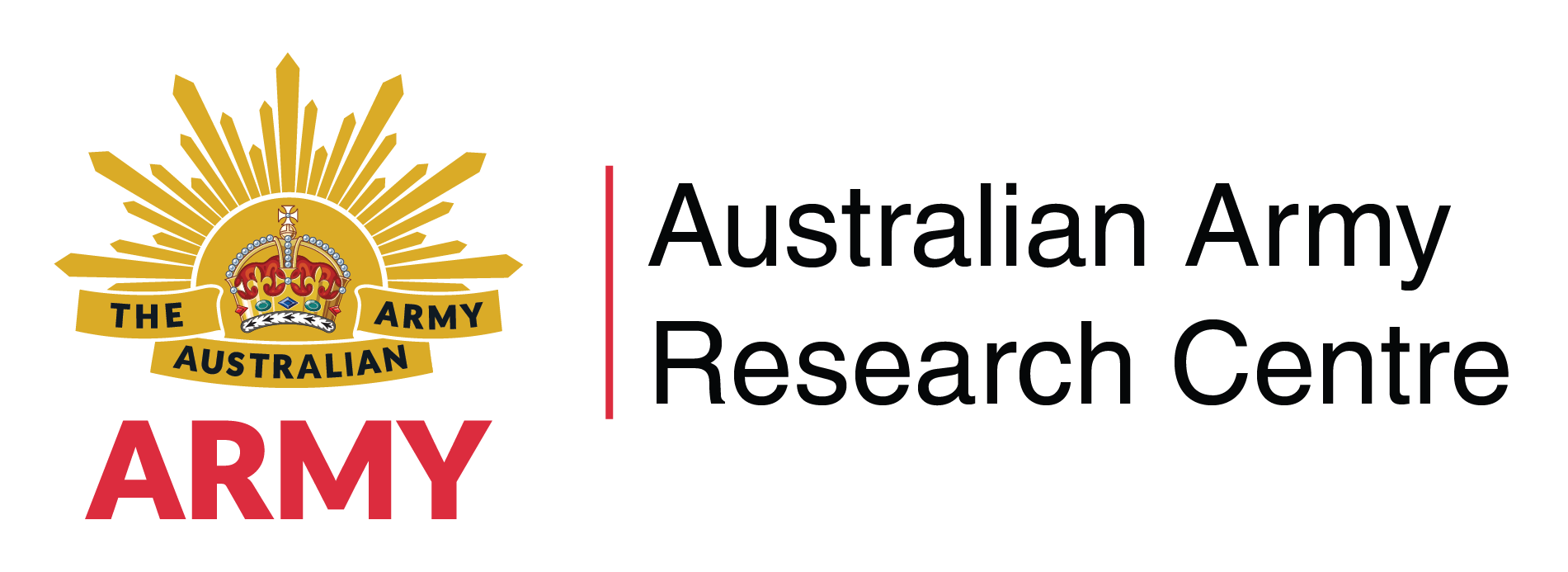Search
Using the filters to the left, click your selection, it will become bold and filter the results, click it again to remove that filter.
Australian Operations to Degrade the Islamic State—2014–2024 Executive Summary Beginning in 2014, the Australian Defence Force (ADF) was committed to Operation Okra in the Middle East, with the aim of degrading the Islamic State, ISIS, or Daesh. This objective was ultimately achieved in 2018, although ongoing operations monitoring the threat have since continued. It has now been a decade since the commencement of this intervention, which the ADF formally concluded in December 2024. The Chief of Defence …
Executive Summary The ongoing conflict in Ukraine, originating with the Russian invasion in 2014 and escalating significantly following the full-scale invasion in February 2022, has exerted a profound influence on global security dynamics as well as on the future direction of war. While the likelihood of achieving a peaceful resolution by 2025 remains remote, the war has offered invaluable insights into contemporary warfare, specifically in the areas of advanced technological applications, strategies for …
Abstract In 2021–2022, the 1st Battalion, Royal Australian Regiment (1 RAR), experimented to develop a ‘disrupt force’ consisting of light infantry augmented with uncrewed aerial systems and ground vehicles. This group operated ahead of other forces to report on the opposing force, but also ambushed enemy reinforcement and withdrawal routes. The disrupt force actively attacked and degraded opposing forces and their plans, isolating objectives and setting the conditions for friendly combat teams to conduct …
The Australia of 2020 is amid a health and economic crisis that it did not fully anticipate, after a bushfire emergency of such significance that wartime provisions for a military response were required, while witnessing dramatic shifts in the geostrategic environment. The complexity of circumstances defies memory, with events of historic scale and significance. It has been a challenge for the Army, as part of the Australian Defence Force (ADF), to respond to this confluence of problems. This is not a …
Achieving that Long-Desired Information Advantage Foreword This thoughtful and candid article from Jason Logue addresses challenges and opportunities within the Australian Defence Force (ADF) regarding the evolution of operations in the information environment. While he focuses on his experiences within the ADF, his characterisation, observations and views are consistent with US challenges based upon my almost 30 years of experience as US Department of Defense Information professional. Essentially, Grey …
Introduction During humanitarian and disaster relief responses, the Australian Defence Force (ADF) may be required to work on several different levels at once. In one moment in time, our ADF members support communities, volunteers, emergency responders and their leaders. In the next moment, they provide teams for evacuation, clean-up, clearance and repair tasks. Finally, they utilise their core skills, such as sea, land and air mobility, logistics, communications, medical and engineering—all on the same …
Overstating the Priority for United States Military Fuel Sustainability in Australia Abstract Reducing the United States military’s petroleum consumption became a declared Obama Administration-era policy. This policy was often framed as a measure to address the tactical losses suffered during fuel supply operations in the Middle East, but there were notable links to environmental and broader energy security agendas. While the US military undertook a large number of mostly modest initiatives to reduce …
Introduction: The Changed Face of War This report examines how the Australian Army’s engagement with and use of social media compares to that of a selection of its allied and comparator militaries. It finds that, despite the welcome establishment of the Information Warfare Division (IWD) in July 2017, Army continues to trail its allies and is a long way behind best practice in its adoption of, adaptation to and use of social media as a capability in the contest for information advantage against its …
Human-Machine Teaming and the Future of Command and Control in the Australian Army Abstract In 2018, the Australian Army launched its Robotic and Autonomous Systems Strategy to capitalise on the military opportunities presented by the much-anticipated ‘fourth industrial revolution’ in artificial intelligence and machine learning software. The key to realising this potential lies in the effective integration of soldiers and autonomous systems, known as human-machine teaming. Through human-machine teaming, …
Abstract Rapid, globalised power shifts, technological advances, and increasingly interconnected, ungoverned communications networks have resulted in the rise of asymmetric grey zone threats. The lines are now blurred between political, civil, and military information environments. The rise of influence activities is the new ‘sharp power’ in information warfare (the iWar). Western democracies are already at war in the information domain and are being out-communicated by their adversaries. Building on the …










